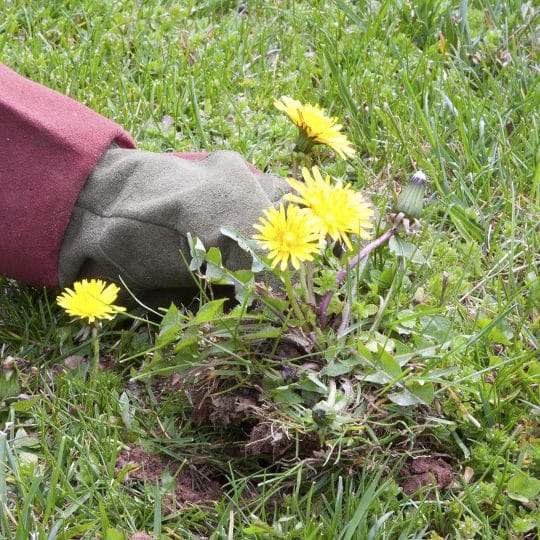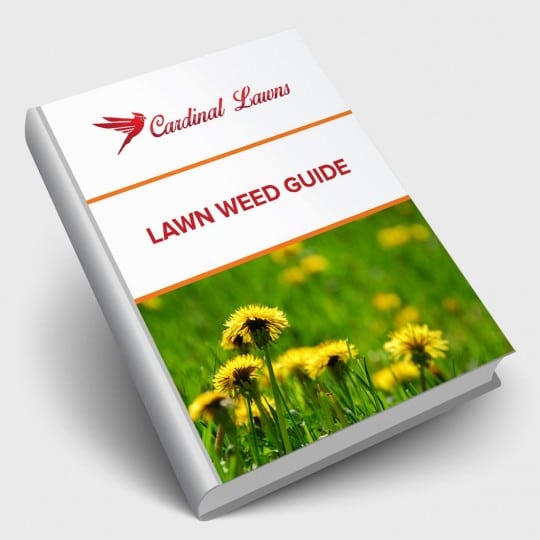Treating Weeds with Herbicides
Know Which Ones to Use
Posted
April 12, 2018

There are many ways of dealing with weeds, including pulling them by hand, mulching, and keeping your lawn healthy. However, sometimes gardeners may feel the need to treat weeds with herbicides, or chemical killers, to control the problem. Reference the list below of common herbicide ingredients and what it can treat.
Treating Weeds with Herbicides
When using herbicides, you may see one of the following active ingredients listed. To better understand how each formula works, it helps to know nonselective herbicides kill most plants they contact. If the ingredients target a specific plant, it’s a called a selective herbicides.
Also, preemergent herbicides target the germinating weed seeds, and should be used before weeds breach the soil. Use postemergent herbicides to control plants that have already emerged. However, the younger the weed, the better a postemergence herbicide will work.
Here are some examples of each category:
Nonselective, Postemergence Herbicides
- Glyphosate. Used for spot treating most weeds.
- Plant oils including clove and lemongrass. Spot treat young broadleaf weeds in cracks and crevices. Doesn’t have much effect on older weeds or perennials. Best when temperatures are above 70°F.
Selective, Preemergent Herbicides
- Trifluralin. Use after plants are established on most annual weeds in lawns and gardens. Water or cultivate soil after applying.
- Benefin. For annual weeds in lawns, especially crabgrass.
- Dithiopyr. For crabgrass, annual bluegrass, oxalis, and more. Not for use near fine fescue and bentgrass.
Selective, Postemergent Herbicides
- Dicamba. Controls clover and other broadleaf weeds in lawns.
- Fluazifop. Apply to ground cover or landscape to control broadleaf weeds that are actively growing.
- 2,4-D or 2,4-Dichloro-acetic acid. Controls dandelion and other broadleaf weeds in lawns.
When Using Herbicides
Make sure the herbicide you’ve decided to use will treat the weed you want—it should say so on the label—and follow the given directions carefully. You don’t want to kill the plants around the weeds, or risk the chemicals washing off in the rain and running down drains. Be conscious of how to properly use, store, and dispose of herbicides to help save yourself, your lawn, and the environment.

Download Your FREE Lawn Weed Guide
Before weeds take over your yard this season, learn to identify and prevent them in the first place. Keep your lawn looking great all year!